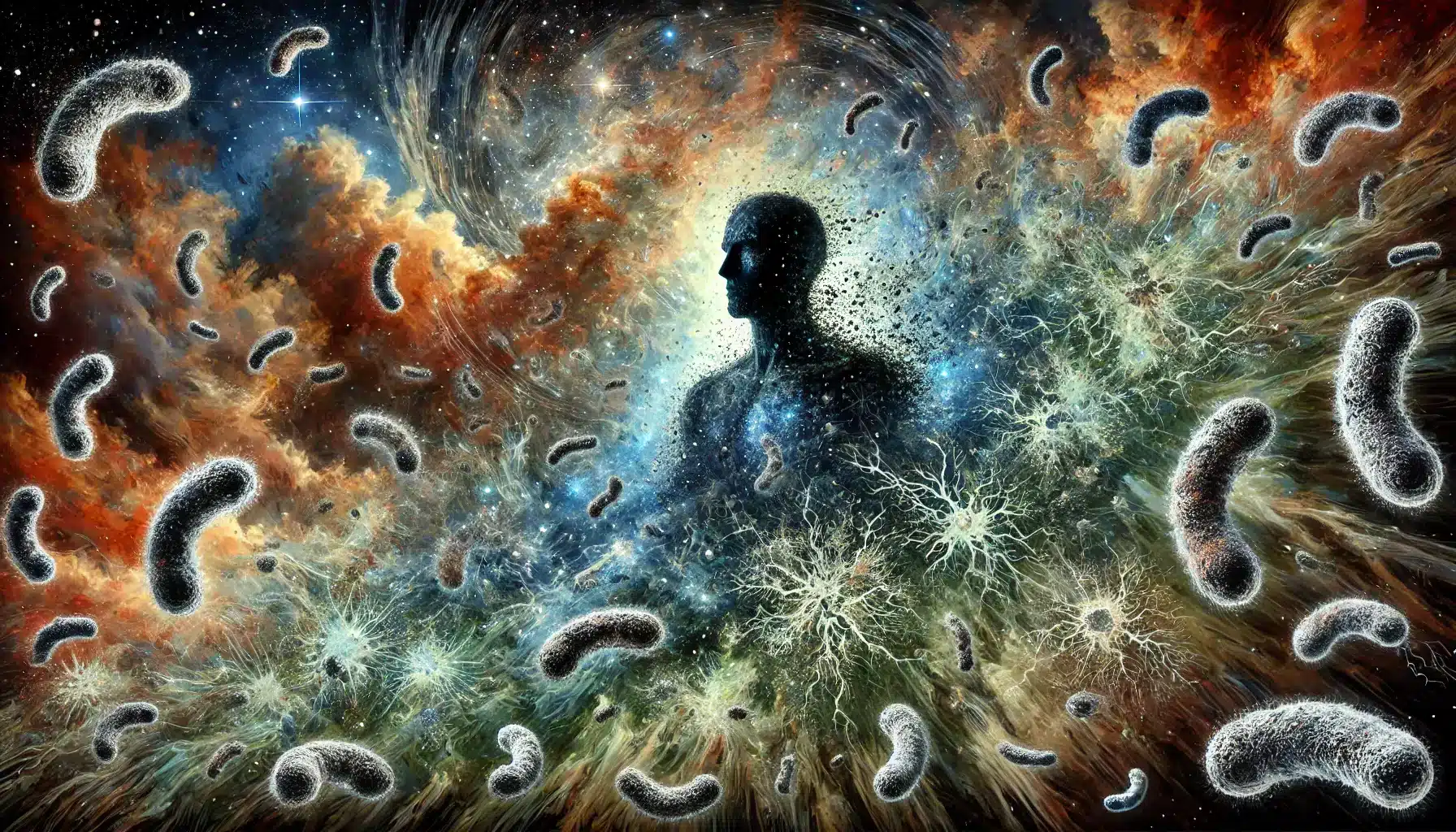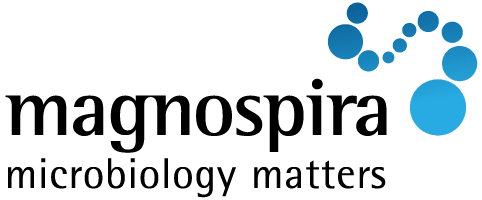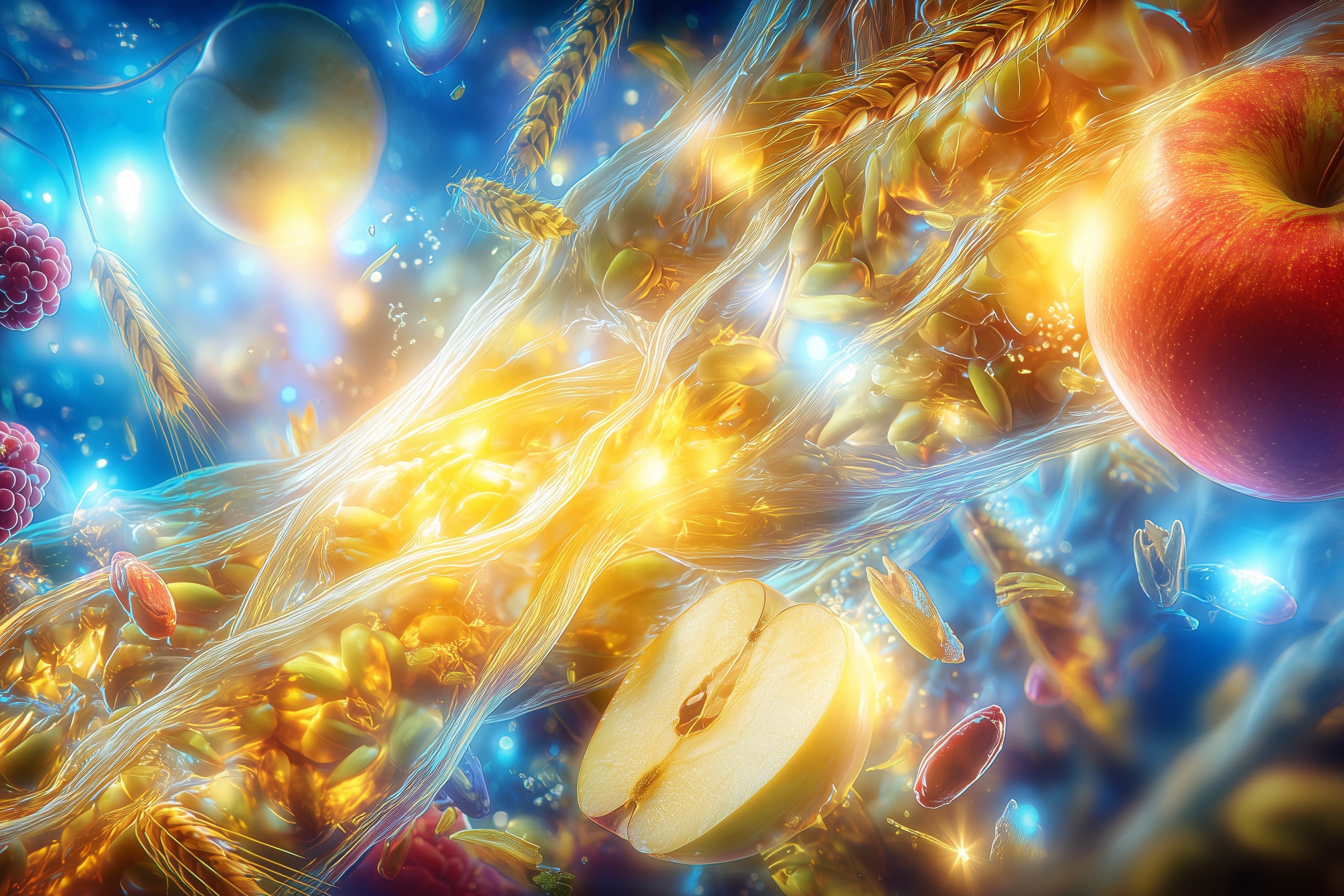Symphony of Silence
The decline in microbiome diversity and its consequences for our health
For hundreds of thousands of years, humans have lived in close harmony with the bacteria in our bodies. Without our microbiome, we would have died out long ago. Bacteria expand our gene pool from 20,000-25,000 protein-coding genes to around 3 million genes. This enormous genetic diversity, which we owe to our microbiome, was the basis for our survival by significantly influencing our health. However, the diversity of our microbiome is decreasing rapidly. And with it, our ability to survive in a fundamentally hostile world is also declining.
Unique symbiosis: How microorganisms and humans work together
Our body is a unique symbiosis of around 30 trillion body cells and 38 trillion bacteria. Microorganisms have formed a fascinating bond with us. They live almost everywhere in us, because there is hardly any place that is sterile. As a result, we are a symbiotic organism in which the body cells provide the bacteria with a protected and nutrient-rich environment, while the bacteria in return provide us with vital support in many areas with their enormous gene pool and safeguard our health.
The gut-brain connection: the gut-brain axis and its effects
By increasing our gene pool by a factor of 150, they significantly influence the development and function of our immune system, produce or support the production of neurotransmitters and signaling substances that influence our mood, appetite, sleep and even our behavior. The gut-brain axis sends up to 90% of its signals from the gut to the brain via the vagus nerve and not vice versa. The production of hormones and their regulation is also dependent on microorganisms. Beneficial bacteria also displace pathogenic pathogens and prevent us from becoming ill. Furthermore, bacteria can in principle exchange genes with us through horizontal gene transfer.
This is most clearly visible in our mitochondria, the sites of our cellular respiration, which ensure that the oxygen that is actually toxic to us is used positively for our survival. These were probably formed from bacteria that were completely absorbed by early eukaryotic cells. This means that every single cell in our body contains a primordial bacterium in the form of mitochondria. More symbiosis is not possible.
In the beginning was the music
To use an image: Human cells and bacteria form an orchestra that together create the symphony of life. Even if this may sound somewhat bold – without this perfect interplay, no music would sound, no life would be possible. Humans have benefited to the maximum from this symphony. Homo sapiens, our modern human species, has existed for around 300,000 years. Before that, there were several precursor species that emerged several million years ago and ultimately led to the development of Homo sapiens. And all of them perfected the interaction between bacteria and human cells over the course of time.
This symphony that has accompanied our trillions of bacteria and body cells for millions of years and has always been alive within us, this symphony that has always allowed us to develop, is now silenced.
Drastic decline in microbial diversity
For hundreds of thousands of years, the high diversity of the microbiome, i.e. the interaction of many different bacteria, has ensured our survival and promoted and safeguarded our health. However, progress, or rather the “progress” of modern civilization, has caused a reduction in diversity in the last few decades alone that is highly alarming. The extent of the decline is very difficult to quantify, but comparative experiments on mice and studies of human populations in industrial cities as opposed to rural areas indicate a significant loss. A decline in microbial diversity in industrialized countries compared to rural areas over the last 100 years is estimated to be around 30-50%.
Causes of the decline: Why the diversity of the microbiome is decreasing
The main factors behind this decline are the “dirty dozen”:
1. consumption of antibiotics
The global use and misuse of antibiotics in animal husbandry. In the USA, up to 80 % of all antibiotics produced are used in animal husbandry, as they not only combat diseases but also lead to an increase in biomass of around 15 %.
2. caesarean section rate
The proportion of caesarean births has risen from 5% in 1970 to 20% today. Nowadays, women are having children later and doctors are recommending a caesarean section sooner to reduce the risk. However, this does not result in the transmission of bacteria from the vaginal microbiome. Legal liability issues for doctors and increased obesity among pregnant women also play a role.
3. low-fiber diet
The Western diet is very low in fiber. As a result, it is metabolized by non-helpful bacteria at an early stage after oral intake and no longer reaches the beneficial bacteria that are dependent on a sufficient supply of fibre. These consequently decrease.
4. lifestyle in industrialized countries
In contrast to traditional societies, people in industrialized countries have a much lower microbial diversity, up to 30 % less. In addition to the other factors listed above, less contact with nature plays a significant role here.
5. processed food
Between 1950 and 2000, the consumption of processed food tripled. Preservatives and additives, a lower content of secondary plant substances and a lack of fermentation severely restrict bacterial diversity.
6. excessive hygiene
The use of antibacterial soaps, mouthwashes, disinfectants and general hygiene measures, which probably reached their peak during the corona period, kills bacteria and thus reduces diversity.
7. pesticides
The use of pesticides has doubled in the last 40 years. Pesticides are ingested with food and either kill bacteria through their direct antimicrobial effect or disrupt the microbial balance.
8. consumption of sugar and sweeteners
Consumption has tripled in the last 50 years. Artificial sweeteners have a particularly serious effect on the microbiome.
9. proton pump inhibitors
The use of proton pump inhibitors has doubled since 1990. These destabilize the balance in the intestine and lead to a loss of diversity.
10. obesity
The prevalence of obesity has doubled in the last 50 years. Sugar, inflammation and metabolic products of fatty tissue influence the microbial balance.
11. vitamin D deficiency
Worldwide, 40% of the population has a vitamin D deficiency, which can lead to a weakening of the intestinal barrier and an increase in inflammatory bowel diseases.
12. toxins in drinking water
Chemicals are increasing in drinking water worldwide. They disrupt the microbial balance, impair the intestinal barrier and act as endocrine disruptors.
A delicate balance: what happens when diversity dwindles?
Microbial populations are in a complex and sensitive balance with each other. They are constantly changing, communicating with each other and supplying each other with nutrients. However, if this equilibrium is disturbed, there are significant health effects. This can be compared to an orchestra, where the genius of a symphony can easily be destroyed by disruptive interjections. If this disturbance continues, the orchestra will eventually fall silent.
Keystone taxa and microbial guilds: The conductors and musicians of the microbiome
In this context, the concept of “keystone taxa” and “microbial guilds” is worth mentioning. Keystone taxa are certain types of bacteria in the microbiome that fulfill essential functions. They may occur in small numbers, but their absence would have dramatic consequences for the microbial community and thus for the human organism. In an orchestra, this would be the conductor or first violin.
Microbial guilds are groups of microorganisms that work closely together to support important biological processes in the gut, such as the breakdown of certain nutrients. If a guild is impaired due to environmental factors or lifestyle changes, this also weakens the diversity and stability of the microbiome. In the orchestra analogy, this would correspond to the second violinists or the wind instruments.
The tipping point: when the loss of diversity becomes irreversible

But what impact does it have on our health if the diversity of the microbiome continues to decline? There is the theory of the “tipping point” or the “point of no return” – the point at which the microbiome irreparably collapses and cannot be restored. This can lead to irreparable damage to health.
The symphony of life collapses like a house of cards.
And becomes a symphony of silence. (JS)
Sources and further reading
Clemente, J. C., Pehrsson, E. C., Blaser, M. J., Sandhu, K., Gao, Z., Wang, B., … & Dominguez-Bello, M. G. (2015). The microbiome of uncontacted Amerindians. Science Advances, 1(3), e1500183. https://doi.org/10.1126/sciadv.1500183
De Filippo, C., Cavalieri, D., Di Paola, M., Ramazzotti, M., Poullet, J. B., Massart, S., … & Lionetti, P. (2010). Impact of diet in shaping gut microbiota revealed by a comparative study in children from Europe and rural Africa. Proceedings of the National Academy of Sciences, 107(33), 14691-14696. https://doi.org/10.1073/pnas.1005963107
Gupta, V. K., Paul, S., & Dutta, C. (2017). Geography, ethnicity or subsistence-specific variations in human microbiome composition and diversity. Frontiers in Microbiology, 8, 1162. https://doi.org/10.3389/fmicb.2017.01162
The Human Microbiome Project Consortium. (2012). Structure, function and diversity of the healthy human microbiome. Nature, 486(7402), 207-214. https://doi.org/10.1038/nature11234
Larsen, O. F. A., & van de Burgwal, L. H. M. (2021). On the verge of a catastrophic collapse? The need for a multi-ecosystem approach to microbiome studies. Frontiers in Microbiology, 12, 784797. https://doi.org/10.3389/fmicb.2021.784797
Lloyd-Price, J., Abu-Ali, G., & Huttenhower, C. (2016). The healthy human microbiome. Genome Medicine, 8, 51. https://doi.org/10.1186/s13073-016-0307-y
Rajpoot, M., Sharma, A. K., Sharma, A., & Gupta, G. K. (2018). Understanding the microbiome: Emerging biomarkers for exploiting the microbiota for personalized medicine against cancer. Seminars in Cancer Biology. https://doi.org/10.1016/j.semcancer.2018.02.003
Requena, T., Martínez-Cuesta, M. C., & Peláez, C. (2018). Diet and microbiota linked in health and disease. Food & Function, 9(1), 12-27. https://doi.org/10.1039/C7FO01820G
Sender, R., Fuchs, S., & Milo, R. (2016). Revised estimates for the number of human and bacteria cells in the body. PLOS Biology, 14(8), e1002533. https://doi.org/10.1371/journal.pbio.1002533
Sonnenburg, E. D., & Sonnenburg, J. L. (2016). Diet-induced extinctions in the gut microbiota compound over generations. Nature, 529(7585), 212–215. https://doi.org/10.1038/nature16504



